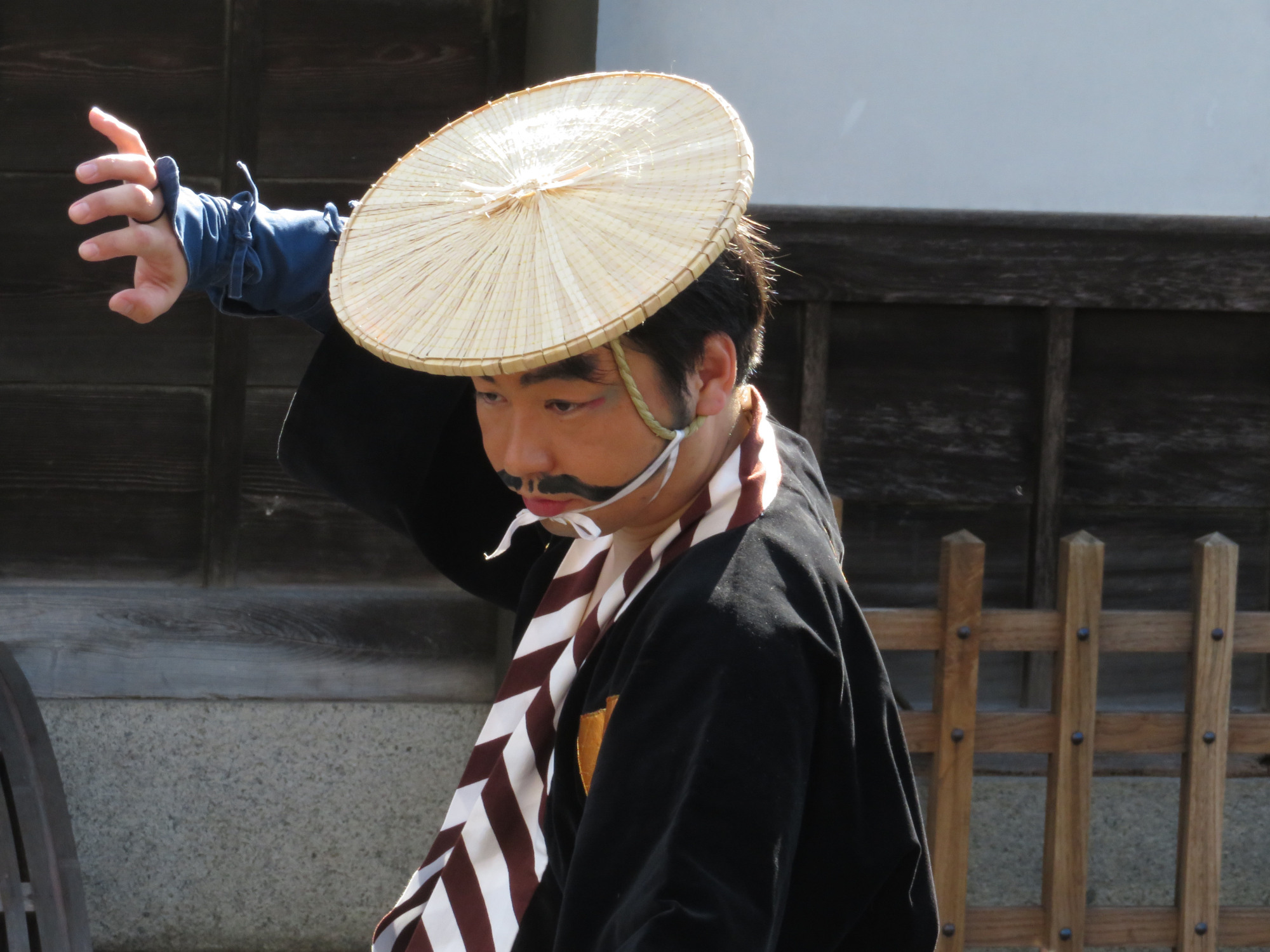Imagine you're standing on the side of the dusty Sanyo Road during Japan's Edo Period (1603-1868). You're part of a growing crowd of townspeople anticipating the approach of a daimyo feudal lord from the surrounding regions of Shikoku and Chugoku.
The lord and his cavalcade of vassals, fief officials, soldiers and servants are on their scheduled sankin-kōtai journey to the Tokugawa shogunate in Edo (now Tokyo), where they must spend every other year. Your town, called Yakage (in Okayama Prefecture), is one of 35 "post towns" along the 560-kilometer Sanyo Road that ends in Osaka. From Osaka, the military commander will then change to one of the go-kaidō roads that end in Nihonbashi, the center of Edo.
You're a little anxious because you had planned on turning out for the procession with your four uncles, but they never showed, so you ended up standing along the road by yourself. You're in the back of the crowd where it will be difficult to see. You can already hear the spectacle approach, however, as the usher calls out requesting all townspeople to come to heel.


















With your current subscription plan you can comment on stories. However, before writing your first comment, please create a display name in the Profile section of your subscriber account page.